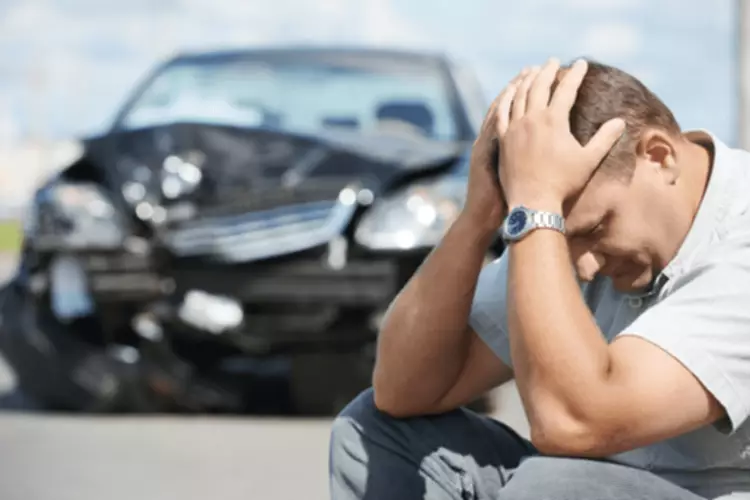This article will discuss opioid withdrawal symptoms, signs of opioid use disorder (OUD), hospitalization for severe opioid withdrawal symptoms, managing opioid withdrawal symptoms at home, coping through opioid withdrawal, and opioid detox support. Whether used as prescribed or for nonmedical purposes, cutting back or stopping these drugs after prolonged use can cause withdrawal symptoms signs of opioid addiction such as vomiting and diarrhea, anxiety, and sleep problems. Withdrawal symptoms from opioids can be very uncomfortable but are rarely life-threatening. And 4 (5) indicating the symptom is severe and your withdrawal won’t be easy. The higher the opioid withdrawal score is – the harder the process is. The COWS helps healthcare providers determine the best course of treatment.
Terms to know
The naltrexone-treated group also had a greater rate of treatment completion (58% vs. 42%), as well as lower rates of subjective drug craving and relapse (0.8 vs. 13.7%). The naltrexone group continued to improve over the course of a 76-week open label period. To determine its effectiveness in a larger population, more research is necessary [89,94,95]. When a person sows or stops opioid use and opioid levels in the bloodstream drop significantly, the brain detects the absence or tapering of opioids and understands it as a threat to the body’s inner balance. This causes a series of physiological responses, leading to withdrawal symptoms. There are some medications available to help ease the withdrawal and detox process.
Shift in the illicit drug market
Kirk Lane, a former police chief and director of state drug policy who now serves as director of the partnership, said it’s able to steer projects to underserved parts of the state and to fill in gaps in the state’s treatment, recovery and prevention systems. Harrison said she hasn’t had a chance to apply for allocations to subsidize this. Instead, the organization received $6,625 in opioid settlement money to organize a one-time recovery community event in Evesham Township. Some service providers, such as Shaffer’s sister Suzanne Harrison, have found the process frustrating. Her organization, King’s Crusade, helps connect people with services, pays rent at sober living facilities and provides transportation to treatment. They’ve raised as much as $80,000 a year, but there is always more demand.
How to recognize an overdose
- Be sure to reach out to your doctor, however, if you are struggling to cope or if you experience any worrisome symptoms.
- According to the Food and Drug Administration (FDA), you shouldn’t suddenly stop taking opioids.
- Opioid withdrawal symptoms generally become progressively more severe as opioids leave the body.
- If you do not have access to a phone contact Web Poison Control Services for online assistance.
Jail wardens should ensure that prisoners get proper medical care to avoid death during withdrawal. If you or a loved one suffer from opioid addiction, reach out to us at Avenues Recovery so we can help you taper off opioids safely and effectively. People who struggle with opioid abuse are very likely to experience unpleasant withdrawal symptoms when they stop using them. Read on to find out what opioids are, their common withdrawal symptoms, and what the average opioid withdrawal timeline looks like. Opioid overdose is a possibility for people who misuse prescription or illicit opioids. Because opiates trigger receptors in the part of the brain that regulates breathing, high doses of opiates can interrupt, and even stop, a person’s breathing.

Although you will still feel some pain during this stage, it will be much more bearable than in the previous stage. Making the decision to get sober after opiate use isn’t an easy one – especially when you know that opiate withdrawal is ahead. Even if you aren’t addicted to or abusing opiates, you will likely experience some sort of withdrawal when you stop. Due to the severity and pain involved with opiate withdrawal, many people are afraid of what lies ahead. Naltrexone is a non-opioid medication that you can take to prevent relapse in the long-term. It is an opioid antagonist, which means that it prevents opioids from getting you high.
Oxycodone Withdrawal: Symptoms, Timeline, and Treatment – Verywell Mind
Oxycodone Withdrawal: Symptoms, Timeline, and Treatment.
Posted: Mon, 11 Dec 2023 08:00:00 GMT [source]
Although there is great pharmacological potential in targeting opioid receptors, the clinical use of opioids is severely limited by several adverse effects such as tolerance and physical and physiological dependence. In the future, it is expected that this structural information will be useful for designing a novel generation of opioid receptor ligands [186,187]. In fact, understanding the binding mode of agonists and antagonists related to reduced side effects could pave the way for the rational design of drugs able to target opioid receptors with improved efficacy and selectivity. Although the terms dependence and tolerance are frequently considered synonyms, they indicate separate phenomena.
- Narcotics Anonymous is one resource that could help you get off and stay off of opiates.
- Regular use of an opioid is also more likely to lead to a physical dependence.
- Proper nutrition and hydration are key elements of managing heroin withdrawal.
- Opioid deaths fell 3.7 percent while deaths from cocaine rose 5 percent and deaths from meth rose 2 percent.
- When you’re frequently using, the body develops a physical dependence.
Opioid withdrawal: clinical syndrome and pathophysiology

Depending on a person’s needs, the medical team may give the person taper medications or detox drugs to ease discomfort. It requires professional support and care, medications such as methadone and buprenorphine, and much more. Behavioral therapies, harm reduction strategies, support groups, and counseling – all of these things are a must to cope with withdrawal and prevent relapse.
Risks of Using Kratom for Opioid Withdrawal
For this reason, the Controlled Substances Act requires that oliceridine be classified as a Schedule II drug, which would provide the same regulations and safeguards as those now in place for traditional i.v. As previously mentioned, the misuse and diversion of opioid analgesics were made easier by their overprescription, and patients with chronic pain were put at risk of addiction and overdose without necessarily experiencing any relief from their agony. As a result, the development of new and safer pain medications that warrant effective pain management is needed.

